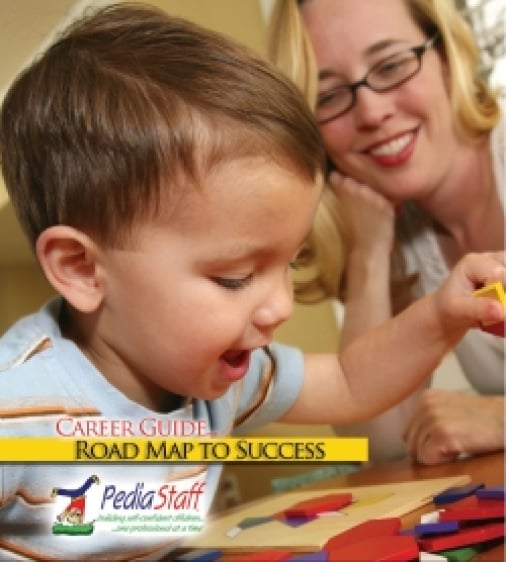Researchers Reveal First Autism Candidate Gene That Demonstrates Sensitivity to Sex Hormones
[Source: Science Daily.com]
George Washington University researcher, Dr. Valerie Hu, Professor of Biochemistry and Molecular Biology, and her team at the School of Medicine and Health Sciences, have found that male and female sex hormones regulate expression of an important gene in neuronal cell culture through a mechanism that could explain not only higher levels of testosterone observed in some individuals with autism, but also why males have a higher incidence of autism than females.
The gene, RORA, encodes a protein that works as a “master switch” for gene expression, and is critical in the development of the cerebellum as well as in many other processes that are impaired in autism. Dr. Hu’s earlier research found that RORA was decreased in the autistic brain. In this study, the research group demonstrates that aromatase, a protein which is regulated by RORA, is also reduced in autistic brains.
This is significant because aromatase converts testosterone to estrogen. Thus, a decrease in aromatase is expected to lead in part to build up of male hormones which, in turn, further decrease RORA expression, as demonstrated in this study using a neuronal cell model. On the other hand, female hormones were found to increase RORA in the neuronal cells. The researchers believe that females may be more protected against RORA deficiency not only because of the positive effect of estrogen on RORA expression, but also because estrogen receptors, which regulate some of the same genes as RORA, can help make up for the deficiency in RORA.
Read the Rest of this Article on Science Daily.com
PediaStaff is Hiring!
All JobsPediaStaff hires pediatric and school-based professionals nationwide for contract assignments of 2 to 12 months. We also help clinics, hospitals, schools, and home health agencies to find and hire these professionals directly. We work with Speech-Language Pathologists, Occupational and Physical Therapists, School Psychologists, and others in pediatric therapy and education.
